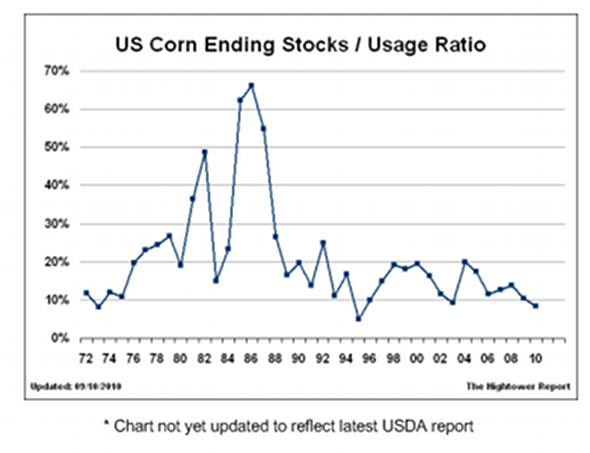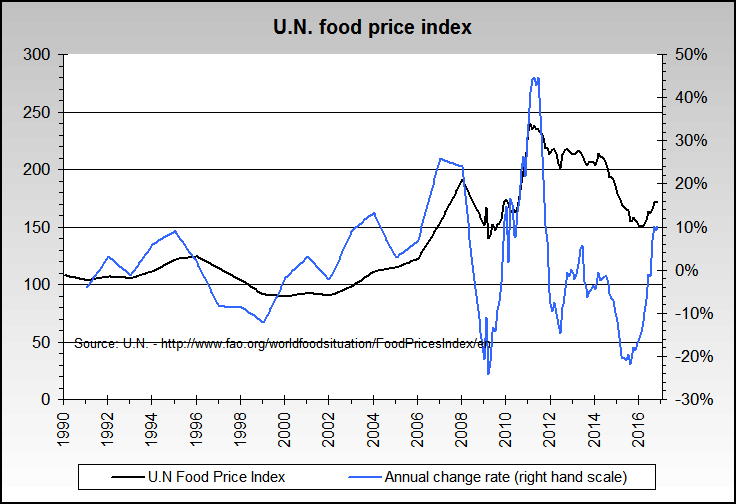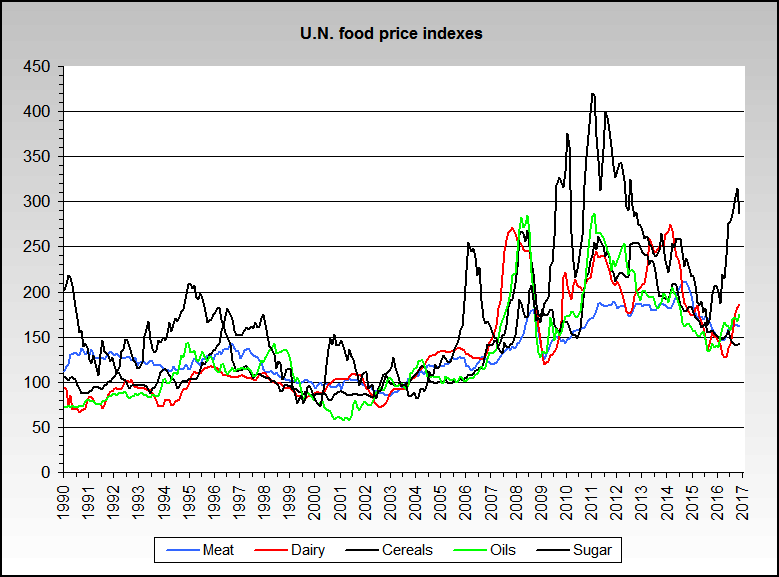Re: Food production over time
"The "monopoly" factor does not really account for the prices inside a stadium either. Why else would both Coke and Pepsi be sold at identical (yet high compared to supermarket) unit prices, from multiple different vendors ran by different companies?"
The vending space is where the monopoly is. Just because you have two competitive producers of a raw product does not mean that monopolistic power does not exist in the product or service chain. Supply and demand is a market force. However markets can be manipulated. So as much as a market force paddles in one direction, there may be a tow cable pulling it in another.
Space is in relation to its surroundings and has inherent uniqueness, and anytime you have that there is monopolistic power to varying degrees.
"The "monopoly" factor does not really account for the prices inside a stadium either. Why else would both Coke and Pepsi be sold at identical (yet high compared to supermarket) unit prices, from multiple different vendors ran by different companies?"
The vending space is where the monopoly is. Just because you have two competitive producers of a raw product does not mean that monopolistic power does not exist in the product or service chain. Supply and demand is a market force. However markets can be manipulated. So as much as a market force paddles in one direction, there may be a tow cable pulling it in another.
Space is in relation to its surroundings and has inherent uniqueness, and anytime you have that there is monopolistic power to varying degrees.



Comment